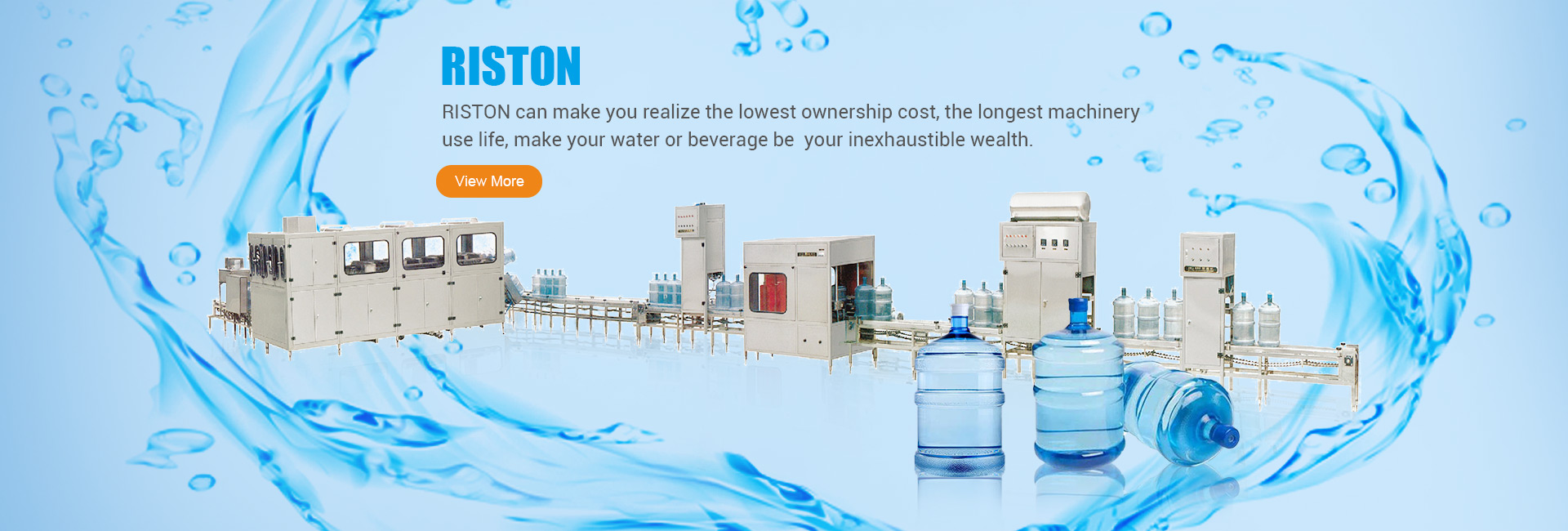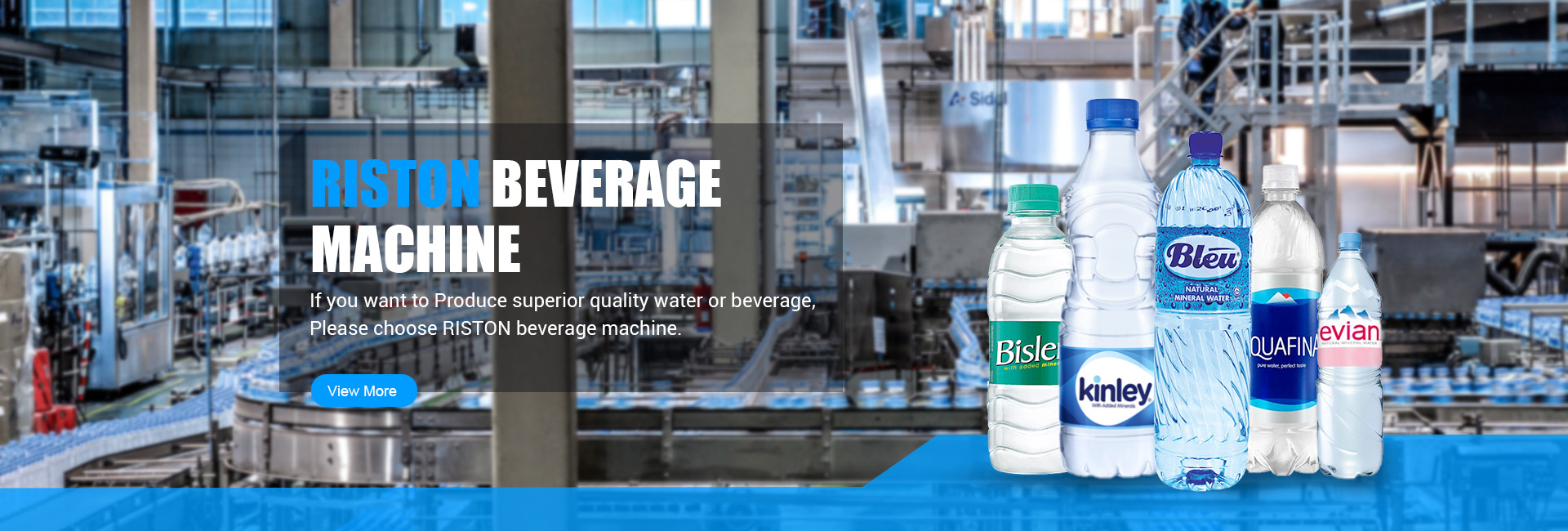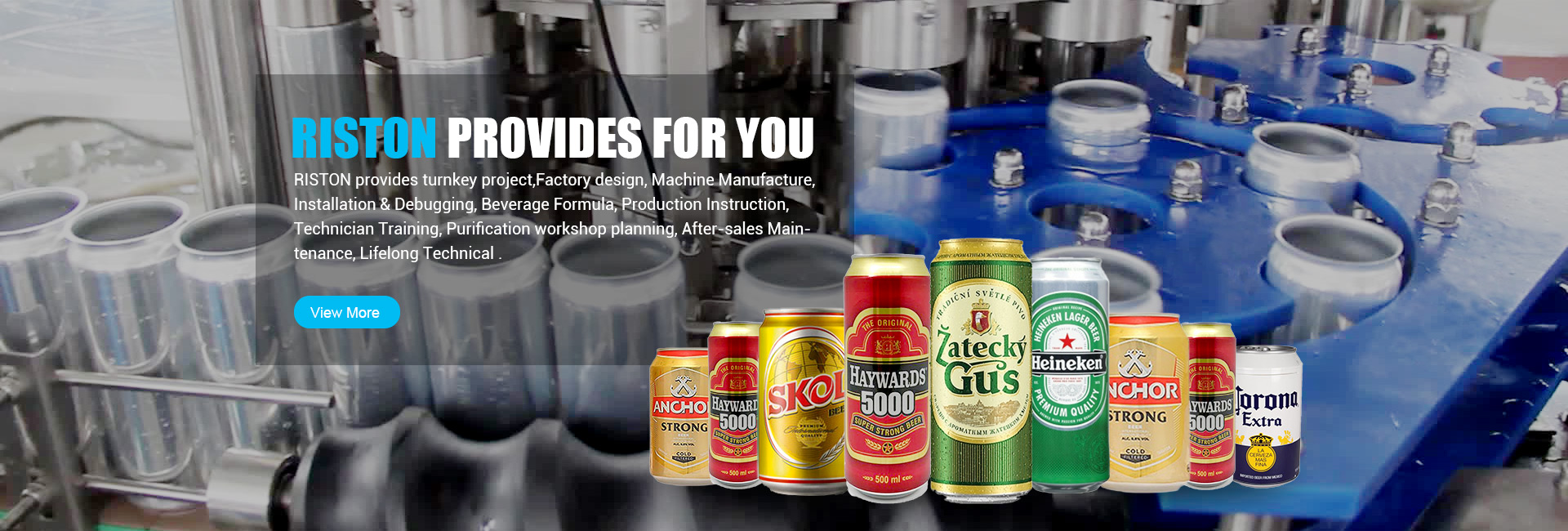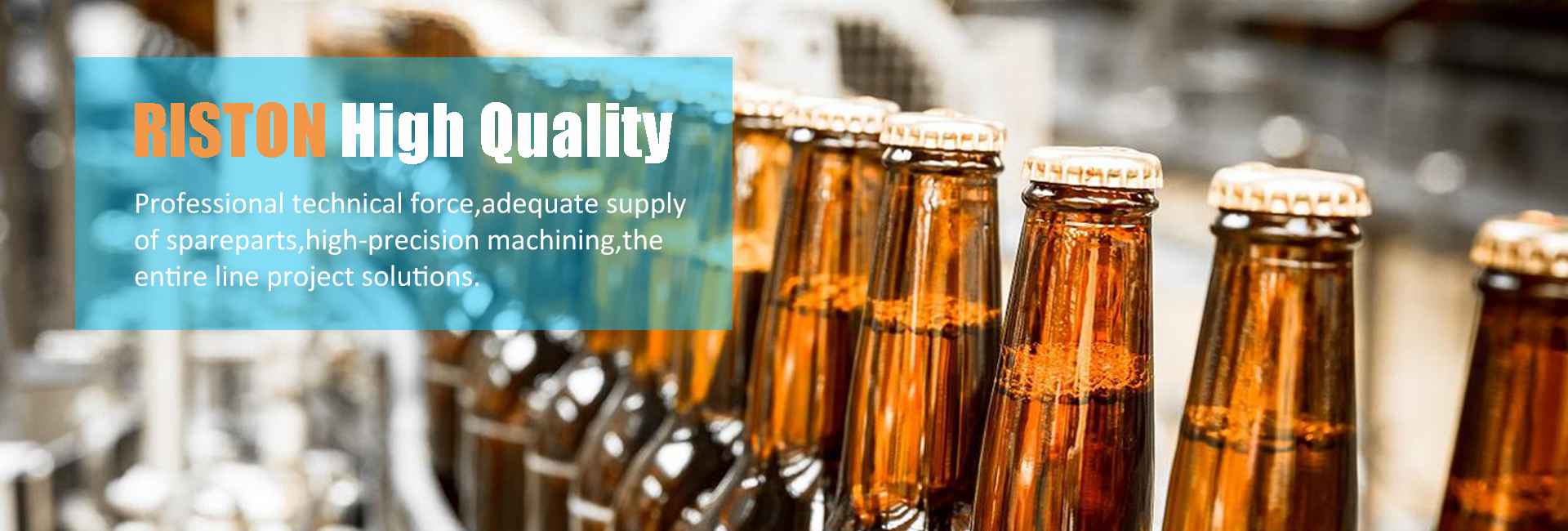RISTON-aerobic water treatment system
Introduction: RISTON, a prominent player in the water treatment industry, has developed an advanced aerobic water treatment system that employs natural biological processes to efficiently treat and purify wastewater. This technical article explores the core features, operational mechanisms, and environmental benefits of the RISTON aerobic water treatment technology.
Aerobic Treatment Process The RISTON aerobic water treatment system relies on oxygen-consuming microorganisms (aerobes) to break down organic pollutants present in the wastewater. These organisms metabolize contaminants into simpler compounds such as carbon dioxide, water, and biomass. The system typically consists of multiple stages including primary clarification, biological aeration basins, and secondary clarification, ensuring thorough degradation of contaminants.
Components and Design
Primary Clarifier: Removes suspended solids and large particles from the influent through sedimentation.
Aeration Basin: Equipped with diffusers to inject air into the wastewater, promoting the growth of aerobic bacteria that degrade organic matter. This process is facilitated by mixing devices to ensure uniform distribution of oxygen and nutrients.
Biofilm Reactors or Activated Sludge Process: Depending on the specific model, RISTON's aerobic systems may employ fixed-film biofilters or suspended growth activated sludge processes for efficient biodegradation.
Secondary Clarifier: Separates treated water from the biomass formed during the aeration stage, allowing clean water to be discharged while concentrating the biomass for further processing or disposal.
Control Systems and Automation RISTON's aerobic water treatment systems incorporate modern control technologies for monitoring critical parameters such as dissolved oxygen levels, pH, temperature, and nutrient ratios. Automated controls adjust the aeration rate and other process conditions to maintain optimal conditions for bacterial activity, thus ensuring consistent effluent quality.
Efficiency and Sustainability
Energy-efficient designs, like fine bubble diffusers, minimize energy consumption while maximizing oxygen transfer efficiency.
Sludge minimization strategies are integrated into the design to reduce waste production and the need for costly sludge management.
Treated water can often be reused for irrigation, toilet flushing, or industrial cooling purposes, contributing to sustainable water resource management.
Environmental Compliance RISTON's aerobic systems are engineered to meet stringent discharge standards set by local and international regulations. By effectively removing BOD (Biological Oxygen Demand), COD (Chemical Oxygen Demand), nitrogen, and phosphorus compounds, these systems contribute to reducing the environmental impact of wastewater discharge.
Installation and Maintenance RISTON provides turnkey solutions with professional installation services, user-friendly operation interfaces, and comprehensive maintenance guidelines. Regular monitoring, inspection, and scheduled maintenance are key to ensuring long-term performance and reliability of the system.
Conclusion: The RISTON aerobic water treatment system represents a significant advancement in sustainable wastewater management. Its innovative design, combined with intelligent automation and eco-friendly practices, makes it a compelling choice for communities, industries, and institutions seeking to manage their wastewater in an environmentally responsible and cost-effective manner.
For detailed specifications, case studies, and customized solutions related to RISTON's aerobic water treatment systems, potential users are encouraged to consult the company’s official documentation or directly engage with RISTON representatives.
Note: Actual configurations, capabilities, and performance metrics of the RISTON aerobic water treatment system may vary based on the specific model and site-specific requirements. Always refer to the latest information provided by the manufacturer.










